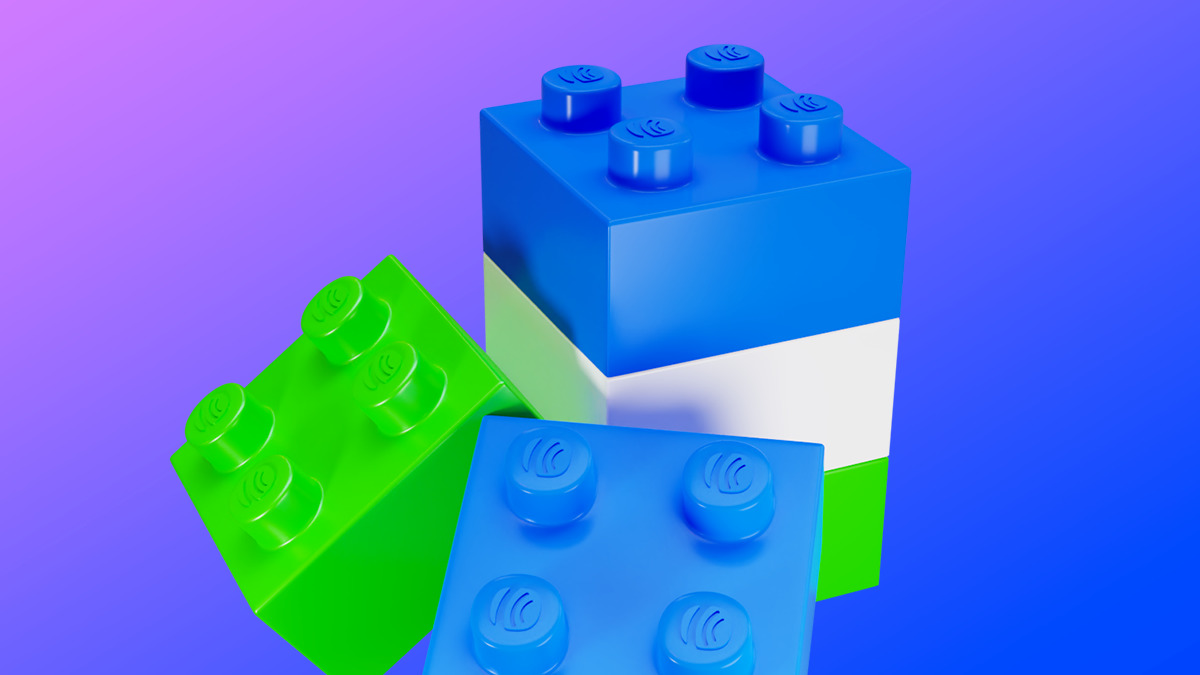
Do you know who your customers are?
More importantly, do you know what they want or need from you?
If you don’t, writing engaging email content for your audience will be a challenge. After all, it’s difficult to write content for someone you don’t know or understand.
That’s where buyer personas come in.
What is a buyer persona?
A buyer persona is a fictional person who represents your ideal customer or a portion of your audience. Their interests, challenges, and problems mirror those of your target audience.
With a persona, you gain a deeper understanding of what motivates your audience. This insight allows you to create more engaging content that addresses their problems and aligns with their interests, ultimately creating stronger connections and driving better results.
Here's an example of what a buyer persona looks like:
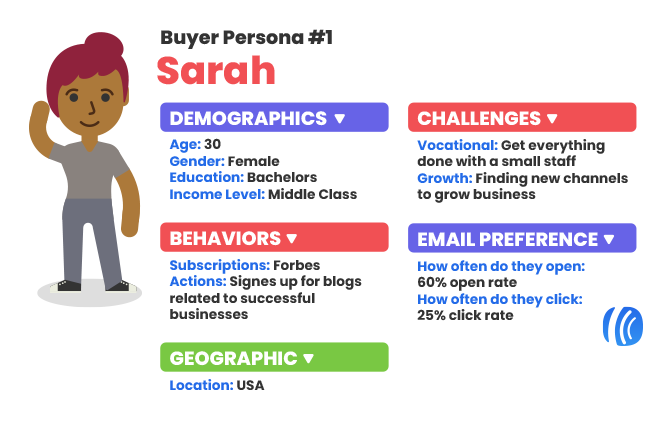
Why should you create a buyer persona
I know we all want to think our products or services are great for anyone. But the reality is you have an ideal customer (your target audience) that sees more value in what you have to offer.
Let's take IKEA as an example. Their buyer persona includes individuals or families looking to furnish their homes stylishly yet affordably. They are not targeting families who live in 5,000 square foot homes and make half a million dollars a year.
So if IKEA didn't define a buyer persona, their communications and marketing efforts might be trying to target everyone. Instead they know they're talking to a budget-conscience home owner, so you'll see ads with the headline like "It's that affordable".
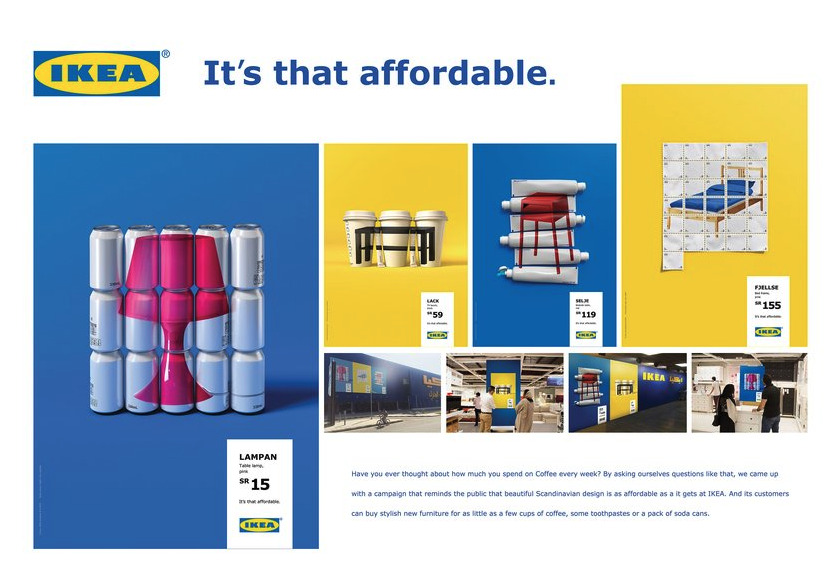
Now that you understand what a buyer persona is and why it's important, you're now ready to create your own.
How to create your buyer persona
Follow these 5 simple steps to build your very own buyer persona.
Step 1: Research your target audience
The first step is to do a little research. Researching your audience will help you create a realistic persona, and possibly find interesting details about your customers you didn’t know before.
To get started, look at your current customer base. Who are your best customers and repeat purchasers? Are there any similarities between them?
By finding commonalities among your best customers, you can create a persona that’ll help you attract more great customers.
Gather customer information
To gather information, try setting up a phone call or in-person interview with a customer who you love doing business with. This will allow you to ask follow-up questions to get more detailed information.
You can also research customers you’ve had a bad experience with to learn which kind of people aren’t the right fit for your product or service.
To quickly gather information from multiple people, you could create and send a survey email to your current subscribers.
The survey could ask questions like:
What questions do you have about [Insert your industry]?
What kind of content would you like to receive from me?
What challenges do you have?
Your target audience may evolve over time, so consider conducting new research to refresh your buyer persona with updated information every two to three years.
Step 2: Narrow down the most common details
Once you’ve completed your research, narrow down your results by finding the most common answers you received from customers and subscribers.
Then, weed through your research to determine the most important details that’ll affect how you communicate with your audience.
For example, if a majority of people share the same challenge, this will be an important detail to include in your persona.
Here is some of the information you should determine in this step:
1 - Demographics - age, occupation, etc.
2 - Behaviors - skill level, interest in your product offering, how they use your product or service, what they read and watch, etc.
3 - Geographic - do you find most of your customer reside in a similar geographic area
4 - Challenges - here’s how to find your customer’s pain points
5 - Interests - what are their interests, hobbies
6 - Email preferences - how often they want to receive emails, when they open their emails, etc.
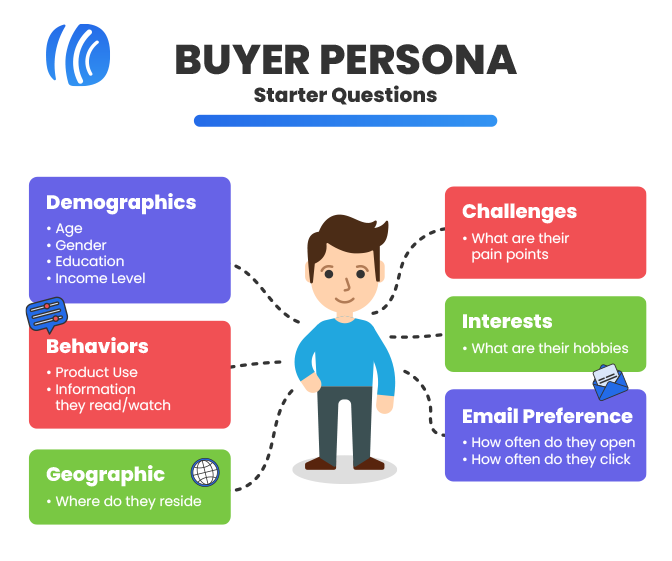
Step 3: Create separate personas
Now that you’ve narrowed down the most common details about your customers, you should organize those details into separate personas.
To do this, identify people in your audience with the same challenges and goals and group them into their own category. These different categories will represent different personas.
For example, if you’re a fitness instructor, you may have clients who want to increase muscle and gain weight and others who want to lose weight. Since they have very different goals, you should create two separate personas for these clients.
If you find that you need to gather more information about a certain persona, go back and do more research to find the missing information.
Step 4: Give your personas names and a story
The best way to write for and think about your buyer persona is to give them a name and a story!
Assigning a name to your persona will remind you that you’re speaking to an actual person. And creating a story will help you understand what their pain points and challenges are.
How to write a buyer persona?
When writing your buyer persona you want to be able to answer the following questions:
1 - What are their goals?
2 - What are their challenges?
3 - What motivates them?
4 - What are their personality traits?
Keep in mind the more real you make your persona the better you’ll be able to tailor your marketing efforts. This will also help you write more personalized content.
You can even take it one step further and find an image or photo to represent your buyer persona! Check out this example below:

Step 5: Create your marketing strategy
Now that you have a buyer persona (or personas!) with a name, face and details, you can start creating your marketing strategy.
Thinking of your customer persona, where should you spend your advertising dollars? If you’re not sure, do some research. Where did your customers come from that fit your ideal customer persona?
Writing marketing messages
When it comes to writing your emails and content, keep your different persona in mind. Use personalization in your emails to create targeted messages for each persona. Your subscribers will engage with your emails more, because you can create more personal, relevant content for them. (And solve their problems!)
Not sure how to write effective emails for your new buyer persona? Download our free “What to Write in Your Emails” guide and get more than 45 fill-in-the-blank email copy templates and an email writing course.
Buyer persona examples
Need some inspiration, check out these different buyer personas.
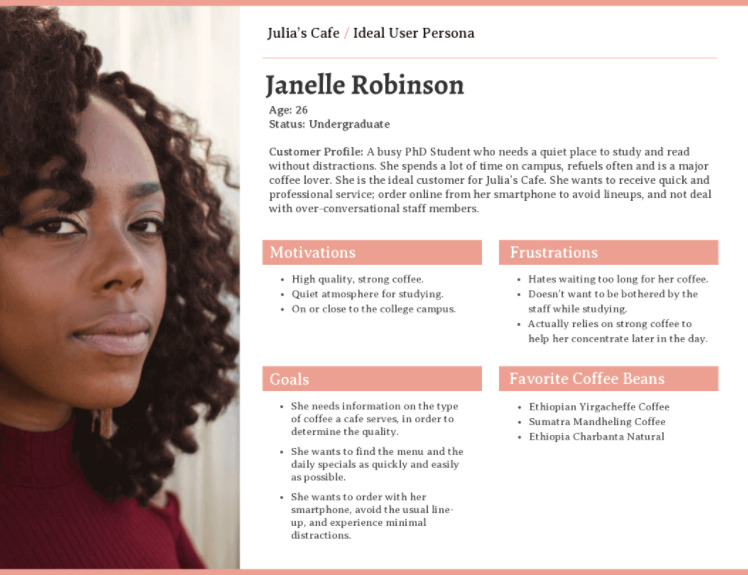
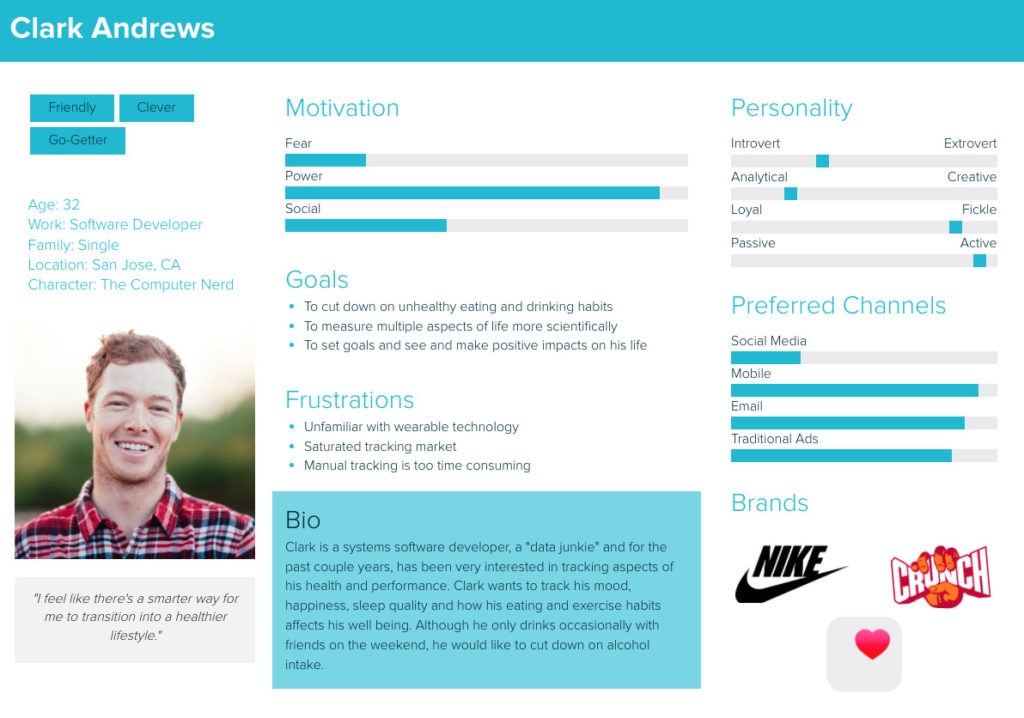
The post How to create a buyer persona in 5 simple steps appeared first on AWeber.
from AWeber https://ift.tt/GkR0zu1
via IFTTT
No comments:
Post a Comment